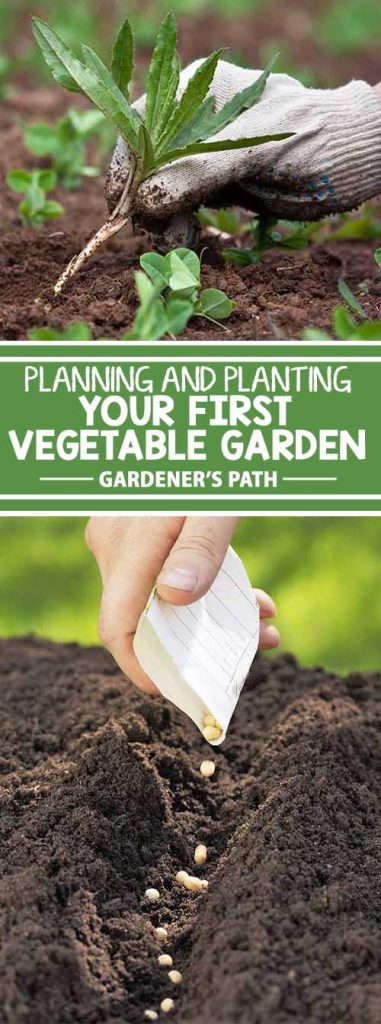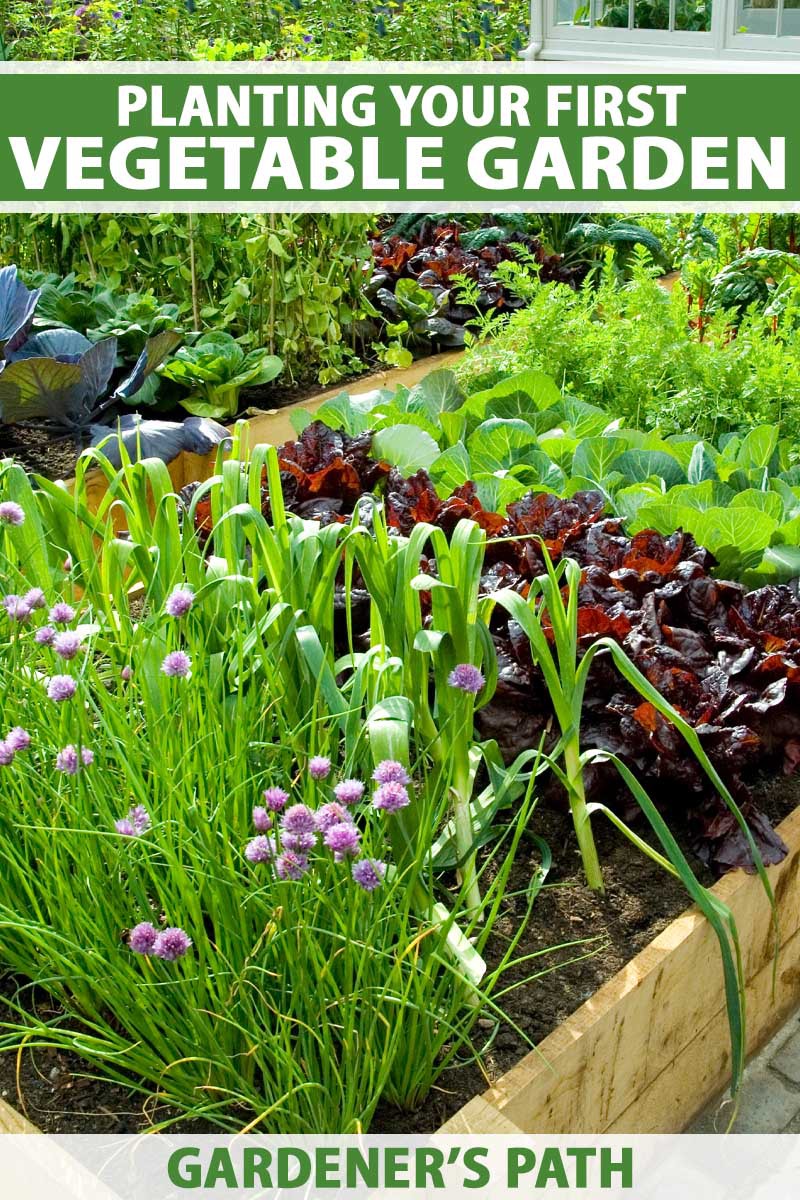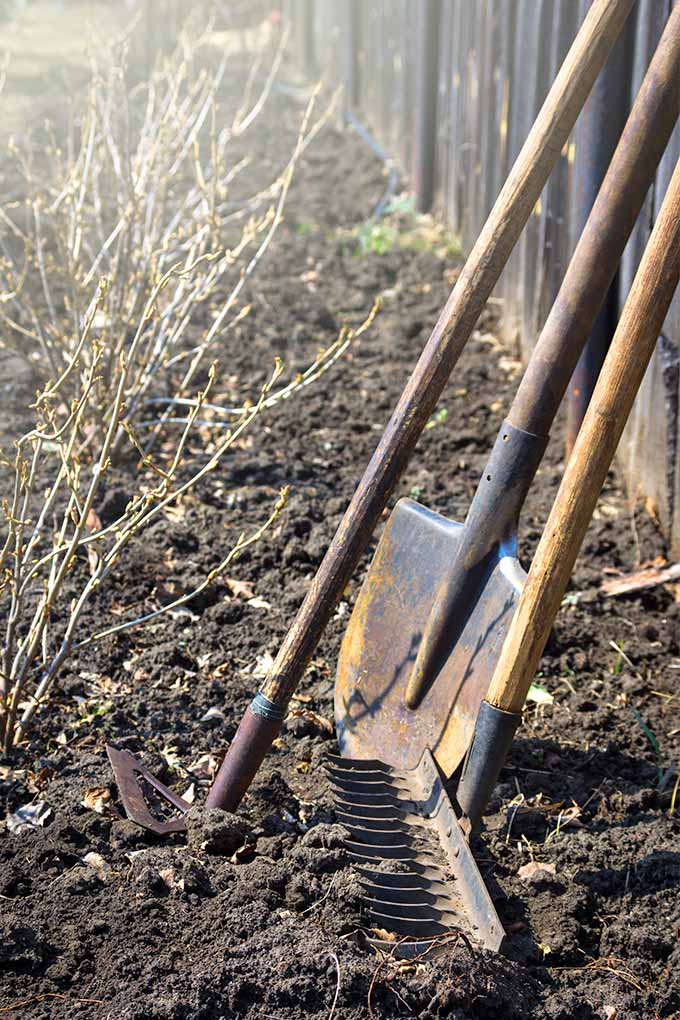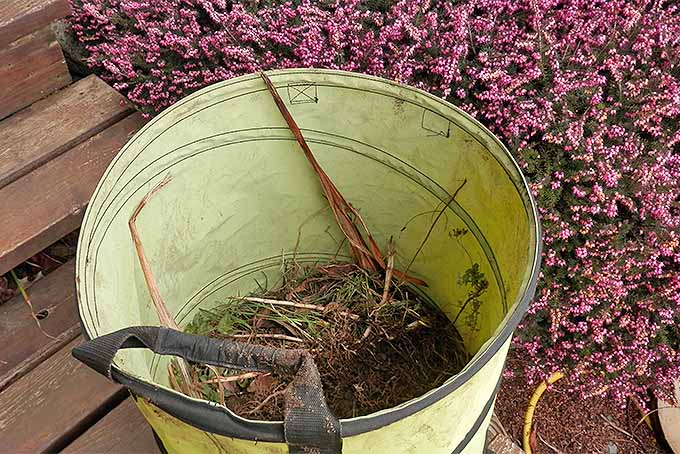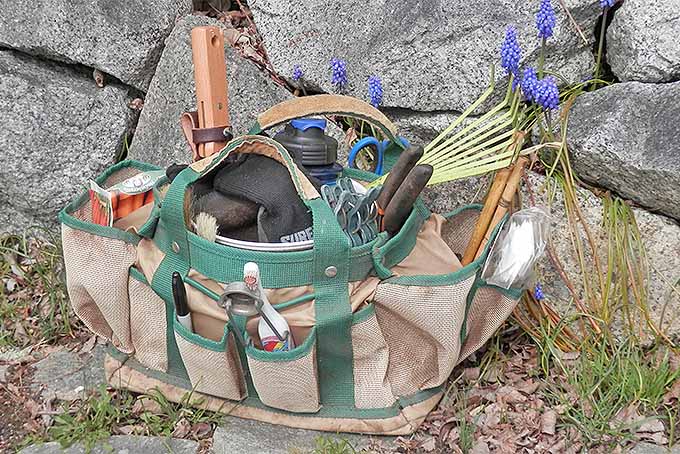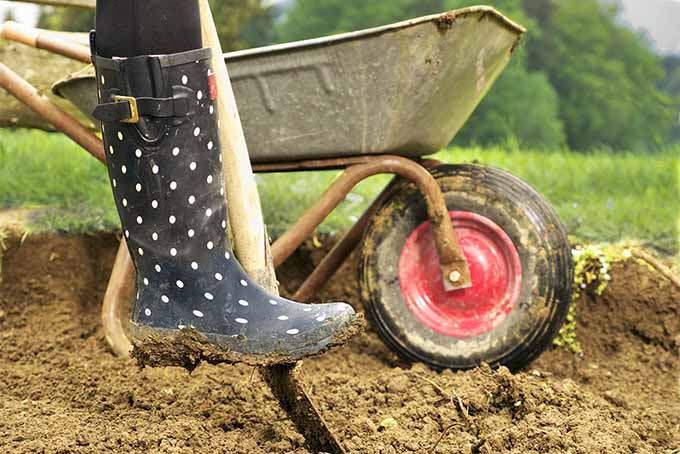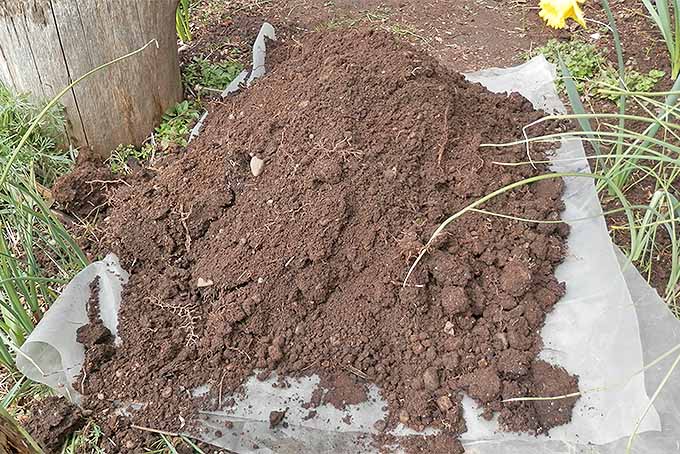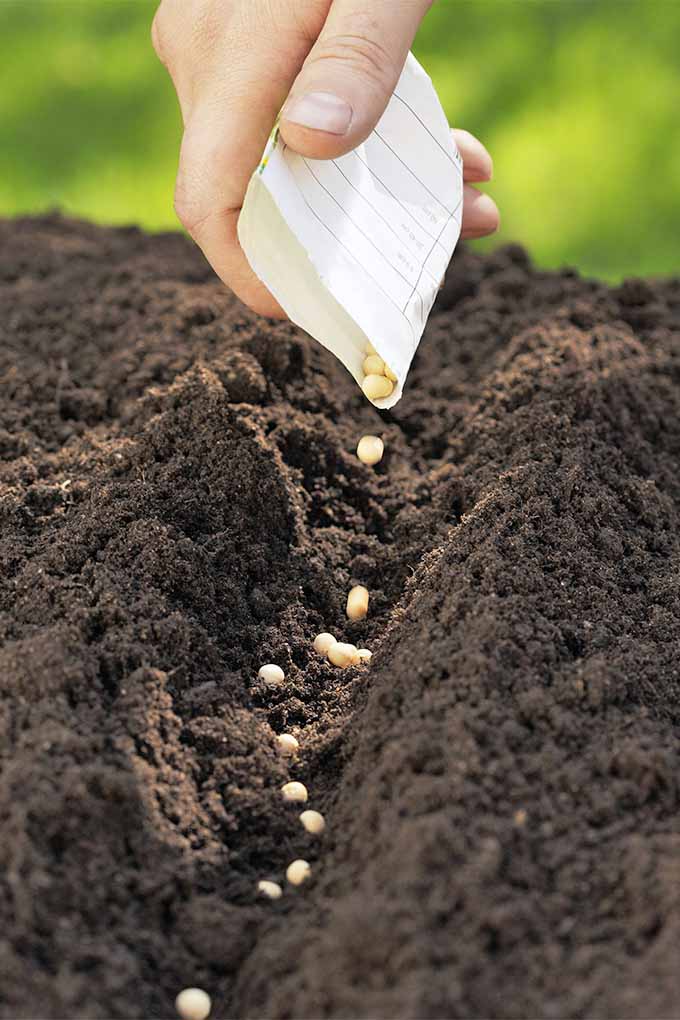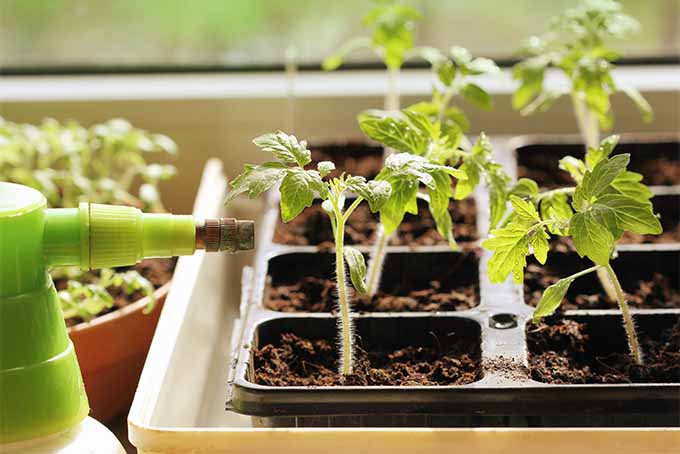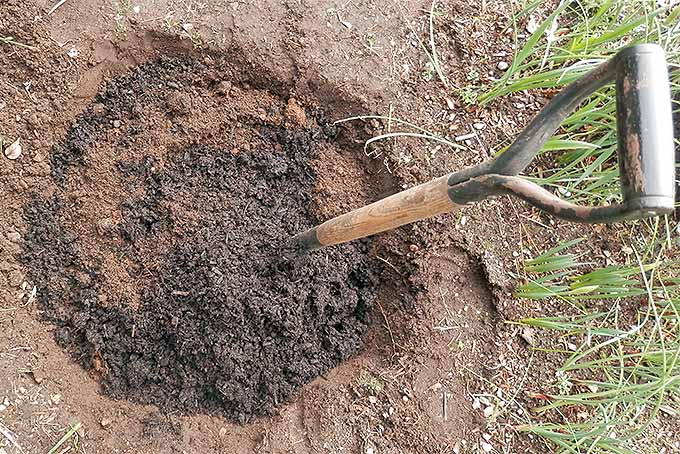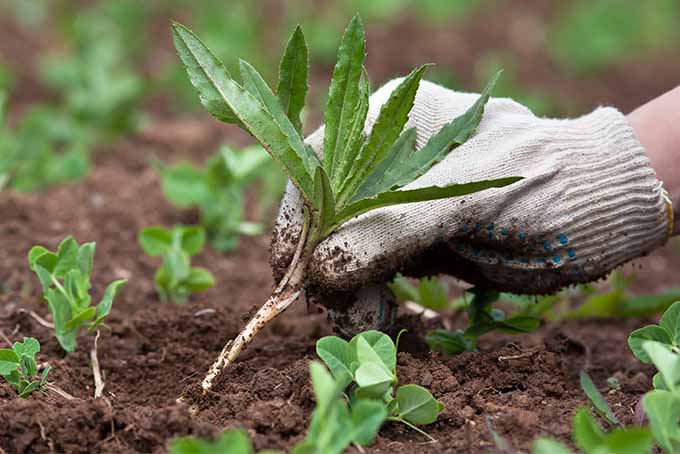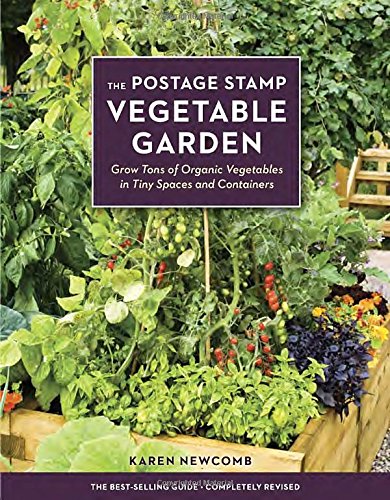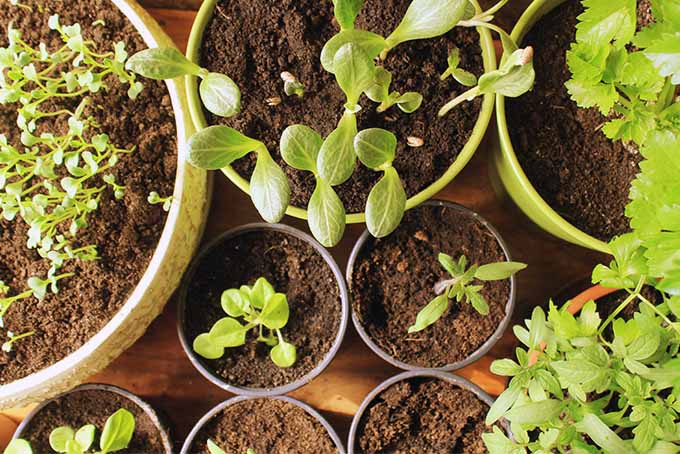Congratulations! You’ve made an excellent choice with far-reaching benefits. Not only will you have a source of inexpensive, fresh vegetables, you’ll also be in complete control of how your crops are grown – so they can be as organic and natural as you like. You can also plant surplus amounts to can and freeze, and make your own jams, jellies, pickles, and preserves – a great way to stretch your garden’s goodness (and food budget) into the winter months. We link to vendors to help you find relevant products. If you buy from one of our links, we may earn a commission. Research even shows that children who garden eat more fruits and veggies. They also score better on science achievement tests, and significantly increase important life skills like self-understanding and the ability to work in groups – all good reasons to get the kids involved! Clearly, there are a lot of positive benefits to the vegetable patch. To get you off to the best possible start, in this article we’ll cover how to choose a location, the basic tools you’ll need, how to prepare your garden bed, plant selection, companion plants, successful planning, sowing, watering, weeding, fertilizing, small space gardens, and containers for veggies. Let’s turn the sod!
Picking Your Plot
If you’re new to gardening, it’s a good idea to start small. Preparing the soil and planting are just the first steps to a bountiful harvest. As spring and summer progress, your garden will need to be weeded, watered, and maintained – all of which take time and energy. To prevent overwhelm, begin with a plot that’s manageable for you and your schedule. An area as little as eight by eight feet will provide 64 square feet to work with, which is plenty of space to produce a good yield – and maintaining it won’t take up every spare minute of your time. A level area that receives six to eight hours of sunlight per day is ideal. It should also be sheltered from high winds, and have easy access to a water source, like a faucet.
Garden Tool Basics
A few basic tools will do for your first efforts. As your expertise develops, you can add specialized items to your toolshed. To get the best value, invest in well-made tools constructed from good quality materials that are appropriate for your size and build. You’ll need the following:
A round-tipped shovel for digging.A fork for turning and loosening soil.A steel bow rake for cleaning and leveling.A hoe or cultivator for weeding.A hand trowel or hori hori knife and a hand cultivator for transplanting and weeding.A garden hose and nozzle, or watering can.
And you’ll quickly appreciate these extras:
Gardening gloves with nitrile-coated palms and fingers.Bypass snips for pruning and cutting.Sharp scissors or a garden knife for harvesting and pruning.A kit bag to tote your gear, seeds, and hand tools.A wheelbarrow for transporting sod, dirt, and compost.A lightweight landscaper bag for gathering leaves, weeds, and grass clippings.A kneeling pad, to save your knees.A weed torch, to save your back.
Don’t forget to parcel out some time for maintenance of your brand new shiny tools. Find our complete list of garden tool recommendations here.
Turning Your Soil
If you have a good eye, pace your garden area and place four stakes, one in each corner of your planned allotment. If you need clearer boundaries, use a tape to measure the area, then mark the perimeter with stakes and string. Next, start digging. A square-end spade can be used to create equal sections in a grid pattern. Then, using a fork, lift the sod from each section and shake out the soil. Discard the sod, or use it to build up any low areas in your yard. To discourage weeds and grass from encroaching, you can install plastic or metal edging around the perimeter –the deeper it goes, the better it works. Using a fork or a pointed shovel, dig deep and turn the soil to a depth of at least 12 inches, preferably 18 to 24 inches. Remove any rocks, roots, and other debris, breaking up the soil as you go along. Once the soil has been turned, cleaned, and aerated, spread two inches of organic material such as compost or well-rotted manure over the top, and work it into the soil. Complete your preparations by leveling and raking the surface until it’s even and fine-textured.
Plant Selection
Now, it’s time for one of the really fun parts! Gather some reference material, like seed catalogs or gardening magazines, and write out a list of all your favorite veggies. To know how much stock to purchase, and to allocate enough space, you’ll want to determine approximately how much each plant will produce. Remember that if you want to preserve any of your harvest, you’ll need to purchase some extras. Once you know what you’re going to plant, refer to a planting chart for your region and growing zone. This will help to determine which veggies can be direct sown, which seedlings you can start at home yourself, and which ones you’ll have to pick up at a nursery. For small plots and containers, choose varieties labeled “bush,” “compact,” or “dwarf.” Select strains that are disease-resistant, and if possible, choose a cross-section of varieties with different maturation dates to extend the growing season. Print out your region’s information for planting dates, frost dates, and agricultural hardiness zones, like these for the US and Canada, then refer to them for planning purposes.
Plan Your Layout
With pencil and paper, sketch out a rough blueprint to guide your planting. Check seed packets for information about light requirements, spacing, spread, and height, then mark their locations on your sketch. It’s a good idea to locate tall plants and those that require supports – like beans, corn, peas, and tomatoes – on the north side of your garden bed so they don’t shade shorter ones. Remember, the sun travels from east to west, and all of your plants will need sunlight. Also, your planting scheme doesn’t have to be restricted to straight rows. Staggered rows, mounds, and raised beds can all be incorporated, but leave enough space for pathways to walk on – which should be around 18-24 inches wide. And include space for companion plants, herbs, or flowers if you’re so inclined. Get more tips on planning your layout here.
Companion Planting
Companion planting is the practice of using complimentary plants to provide natural pest control, potentially improve flavor, and attract important pollinators into the garden. Marigolds top the list in pest protection, and can be planted liberally throughout the garden. Basil planted near tomatoes has been said to improve their flavor, while lettuce likes the protective benefits of being close to onions and radishes. Flowering herbs like oregano, rosemary, sage, and thyme repel many pests, and act like a bee magnet. This is very important for any fruits or vegetables that require pollination to produce fruit, such as beans, cucumbers, melons, peas, peppers, and tomatoes.
Sowing the Seeds
It’s best to plant seedlings or nursery starts on cloudy days to minimize the shock of transplanting. If that’s not possible, be sure to plant in the morning while it’s still cool. Sprinkle a pinch of bone meal into each planting hole, set the plants in place, and gently gather the soil around each stem. Firm the soil but don’t pack it, then settle your seedlings with a soft shower of water. To sow seeds, follow the instructions on the seed packet for how deep to sow and spacing requirements, firm the soil in place, and water gently. If any of your veggies require staking, set stakes in place sooner rather than later to prevent damage to the roots of growing plants. And remember to leave space for repeat sowings of lettuce, salad greens, and later-season heat-lovers like cucumber, melons, peppers, and tomatoes.
Maintenance
For best results, you’ll need to keep your garden beds free from weeds, provide sufficient irrigation, and fertilize.
Watering
Young seedlings are tender, and require a gentle touch when watering. Use the “shower” setting on a hose nozzle and water the soil surrounding the plants, avoiding the leaves and immature stalks. The best time to water is in the morning, as an early watering provides plants with the moisture they need on a hot day, and makes it easier for them to absorb nutrients from the soil.
Fertilizing
Once plants are four to six weeks old, you can begin to fertilize. And watering in the evening should also be avoided as excess moisture left on the leaves in cool overnight temperatures can promote plant disease, such as damping off and powdery mildew. To save time, and ensure that your plants get water when it’s needed, invest in a soaker hose to do the watering for you – they’re inexpensive and take a time-consuming task off of your plate. For light feeders, like leafy greens and root veggies, follow the suggestions on seed packets and nursery stock for frequency and strength. For heavy feeders, such as beets, corn, tomatoes, and the brassicas (broccoli, Brussels sprouts, cabbage, and cauliflower), a top dressing of well-rotted manure or compost is a welcome addition – as well as regular feeding with a water soluble fertilizer.
Weeding
Weeding is easily handled if you stay on top of it – even 20 minutes every day or two will help to keep these persistent growers in check. To quickly and easily lift weeds and their roots, pull by hand, use a hand cultivator, or hoe gently when the soil is moist. If the soil’s too dry, the green tops will often break off, leaving the roots to regrow. Pathway weeds can be dispatched quickly with a weed torch. Or, you may lay down some paving stones or bark mulch to keep pathway weeds at bay.
For Small Spaces
If your plot is on the small side, say around 20-25 square feet, you can still get a robust yield using the French Intensive Method, which incorporates double-digging. Preparation requires more initial effort, but once planted, less watering, fertilizer, and weeding is required. Double-digging creates deep, loose, friable soil that allows roots to grow deeper than normal, to a depth of about three feet. This means vegetables can be planted more closely together, and this increase in plant density will yield results two to five times greater than a regular bed of the same size. In a typical garden bed, roots will hit hardpan at about 12 inches deep, which causes them to spread out sideways. This sideways growth results in competition for moisture and food, meaning plants need to be spaced further apart to ensure that they all receive adequate nutrients and water. Here are the steps to double-digging a bed:
- With a shovel, dig down and lift out a 12-inch layer of topsoil, piling it nearby. Loosen and clean the topsoil and mix in a generous amount of compost or rotted manure.
- With a fork, dig down another 12 inches and loosen the soil. Once the soil is loose, remove any roots, rocks, and debris, then incorporate a generous amount of compost or rotted manure into this second layer.
- Replace the amended first layer of soil. Your plot will now be raised about a foot above ground level, and will feature the deep, loose, and fluffy soil that will allow roots to grow straight down.
Raised Beds
You can also create a permanent raised bed by purchasing a kit, or building your own. And you can get all the how-to details in this great article.
The French intensive method also uses intercropping, which creates its own favorable microclimate and improves yields. For example, a trellis of beans inter-planted with lettuce will provide shade from the hot afternoon sun – which lettuce needs. Or basil can be planted with tomatoes and peppers to improve their flavors, with the basil being harvested before the roots and top-growth of the larger plants take over. For more inspiration, pick up a book for workable ideas and techniques – like Karen Newcomb’s The Postage Stamp Vegetable Garden: Grow Tons of Organic Vegetables in Tiny Spaces and Containers. Square foot gardening is a less demanding option that small space edible gardeners can use to produce high yields and successful crops. Just remember, when building a wooden frame for raised beds, never use treated lumber. The chemicals used to preserve the wood are highly toxic and will leach into your garden soil, where they’ll be absorbed by the vegetables’ roots – goodbye, healthy produce…
Containers
Of course, if your space is even more limited or you only want to grow small amounts of fresh veggies, containers are a great option for a wide range of vegetables. Carrots, chard, herbs, kale, peppers, potatoes, radishes, salad greens, scallions, spinach, and strawberries are all adept container-growers. When choosing containers, ensure they’re an appropriate size for what you plan to plant – you’ll need a much deeper pot for potatoes than for parsley! And look for cultivars labeled “bush,” “compact,” or “dwarf.” As their names suggest, these varieties are smaller in size when mature, making them a wise choice for pots and planters – particularly for veggies that dig deep, like carrots – or tomatoes, which can produce a top-heavy load of fruit. Soil for containers needs to be enriched with organic material to ensure proper nutrition within the restricted confines of a planter. It should also be amended by mixing in a light material such as perlite or peat to prevent compaction, supply aeration, and retain moisture. Veggie pots also need good drainage holes with plenty of drainage material in the bottom – an inch or two deep, depending on the container size. You’ll also have to fertilize more frequently when growing in containers, but at a diluted strength. Use compost tea, fish emulsion, or a water soluble fertilizer diluted with water at one-half or one-third strength, applied every 10 to 14 days. As the soil in containers will also dry out much more quickly than the ground does, ensure that it stays moist, but not oversaturated.
Start a Garden Journal
Pick up a simple binder to begin with, then add a handsome journal to your wish list – family members will love this great gift idea! It helps you to keep track of weather data, repeat sowings, plant rotation, what worked, and what didn’t. You can also note ideas you’d like to try for different seasons or next year, make sketches, plan your garden, and collect inspirational bits. Want more options? Take a look at our favorite seven gardening journals! Sure, they’re a lot of hard work. But the joy and satisfaction they bring is priceless. And when you’re harvesting the delicious, nutritious rewards of your efforts, you’ll forget all about the work part! For the greatest enjoyment, keep your plot size manageable, plan first with a planting chart, and stay on top of maintenance chores like watering, feeding, and weeding. Get the kids involved – they love the garden too! Do you budding gardeners have any questions or insights about the veggie patch? Leave us a note in the comments below! And if you enjoyed this guide, then you might find some of these of use:
Insects Chewed Holes in my Homegrown Greens! Are They Safe to Eat?The Art of Cover Cropping: Sustainable Care for a Happy GardenThe Ultimate Guide to Understanding Garden Soil
